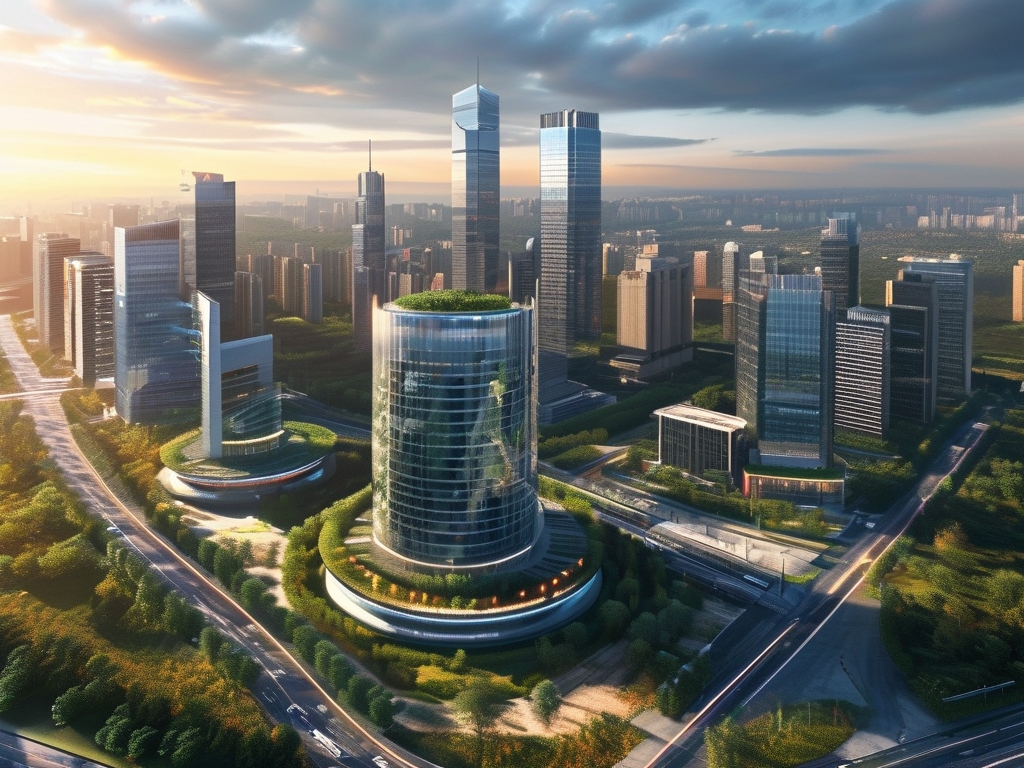In the era of ubiquitous computing, the demand for seamless interaction across devices has become a cornerstone of technological innovation. Huawei’s HarmonyOS, with its groundbreaking distributed architecture, has emerged as a game-changer in this landscape. By redefining how devices collaborate, share resources, and deliver unified experiences, HarmonyOS addresses critical challenges in today’s fragmented ecosystem of smartphones, wearables, smart home devices, and industrial systems. This article explores the transformative advantages of HarmonyOS’ distributed architecture and its implications for users, developers, and industries.
1. Breaking Down Silos: The Core Philosophy of Distributed Architecture
Traditional operating systems are designed for standalone devices, creating silos that limit interoperability. HarmonyOS flips this paradigm by treating multiple devices as a single virtualized system. Its distributed architecture enables hardware components like cameras, sensors, and processors to be abstracted as shared resources. For instance, a smartphone’s camera can be leveraged by a nearby tablet for video conferencing, while a smartwatch’s health sensors can feed data to a laptop for real-time analysis. This eliminates the need for redundant hardware and enables devices to complement each other’s capabilities.
The technical backbone of this approach lies in HarmonyOS’ Distributed Soft Bus, a high-speed communication framework that ensures low-latency, high-bandwidth connectivity across devices. Unlike Bluetooth or Wi-Fi Direct, which prioritize pairing individual devices, the Soft Bus creates a dynamic mesh network. Devices automatically discover and authenticate one another, enabling instant collaboration without manual intervention.

2. Seamless User Experience: Unified Across Scenarios
One of the most tangible benefits of HarmonyOS’ distributed architecture is its ability to deliver context-aware continuity. Consider a user watching a movie on a smartphone: When entering a living room with a HarmonyOS-powered TV, the video automatically migrates to the larger screen, while the smartphone transforms into a remote control. Similarly, editing a document on a laptop can be paused and resumed on a tablet without file transfers or cloud sync delays.
This fluidity extends to multi-device task management. HarmonyOS allows apps to split their interfaces across devices based on their strengths. A shopping app, for example, could display product images on a TV, offer payment options on a phone, and show reviews on a tablet—all synchronized in real time. Such capabilities redefine productivity and entertainment, making device boundaries virtually invisible.
3. Resource Pooling: Maximizing Hardware Efficiency
HarmonyOS’ distributed architecture enables dynamic resource allocation, optimizing performance and energy consumption. In a smart home scenario, a robot vacuum cleaner with limited processing power could offload complex navigation algorithms to a nearby smart hub. Conversely, a smartphone could borrow a drone’s camera for augmented reality applications. This resource pooling minimizes hardware costs and extends the lifespan of older devices by allowing them to tap into newer devices’ capabilities.
For developers, this architecture simplifies app design. Instead of coding for specific hardware, they can access virtualized resources through standardized APIs. A fitness app, for instance, can request “a heart rate sensor” without worrying about whether the data comes from a watch, a treadmill, or a smartphone.
4. Scalability and Future-Proofing
HarmonyOS is designed to scale effortlessly across device categories—from 128KB RAM IoT sensors to 8GB RAM smartphones. Its elastic distributed framework ensures that apps adapt to available resources. A weather app might run locally on a phone but distribute its rendering to a smart fridge’s display when needed. This scalability is critical for industries like healthcare, where a single system might integrate wearable monitors, diagnostic tools, and cloud-based AI.
Moreover, HarmonyOS’ modularity future-proofs devices. Manufacturers can update specific components (e.g., security modules) without overhauling entire systems, reducing fragmentation and ensuring long-term compatibility.
5. Enhanced Security in a Connected World
Distributed systems often face heightened security risks, but HarmonyOS embeds end-to-end safeguards. Its microkernel design isolates core functions from attack surfaces, while the distributed architecture enforces strict access controls. Data transmitted between devices is encrypted, and permissions are context-aware. For example, a smart lock may only share access logs with a homeowner’s phone, not with other devices in the network.
6. Empowering Developers and Ecosystems
HarmonyOS reduces development complexity through its ArkUI framework and declarative programming model. Developers write code once and deploy it across devices, with the OS handling adaptive layouts and resource management. Huawei’s DevEco Studio further streamlines testing by simulating multi-device environments.
This ease of development is accelerating ecosystem growth. Over 500 million devices now run HarmonyOS, spanning smartphones, tablets, cars, and industrial equipment. Major brands like Midea and BYD have integrated HarmonyOS into their products, showcasing its versatility.
: Redefining the Boundaries of Connectivity
HarmonyOS’ distributed architecture represents a paradigm shift in how we perceive and interact with technology. By erasing device barriers, optimizing resource utilization, and prioritizing user-centric experiences, it lays the foundation for a truly interconnected world. As 5G and AI continue to evolve, HarmonyOS is poised to become the operating system of choice for the next generation of smart ecosystems—transforming not just consumer tech but industries ranging from healthcare to smart cities.

In a world where connectivity is king, HarmonyOS doesn’t just keep pace; it leads the revolution.

